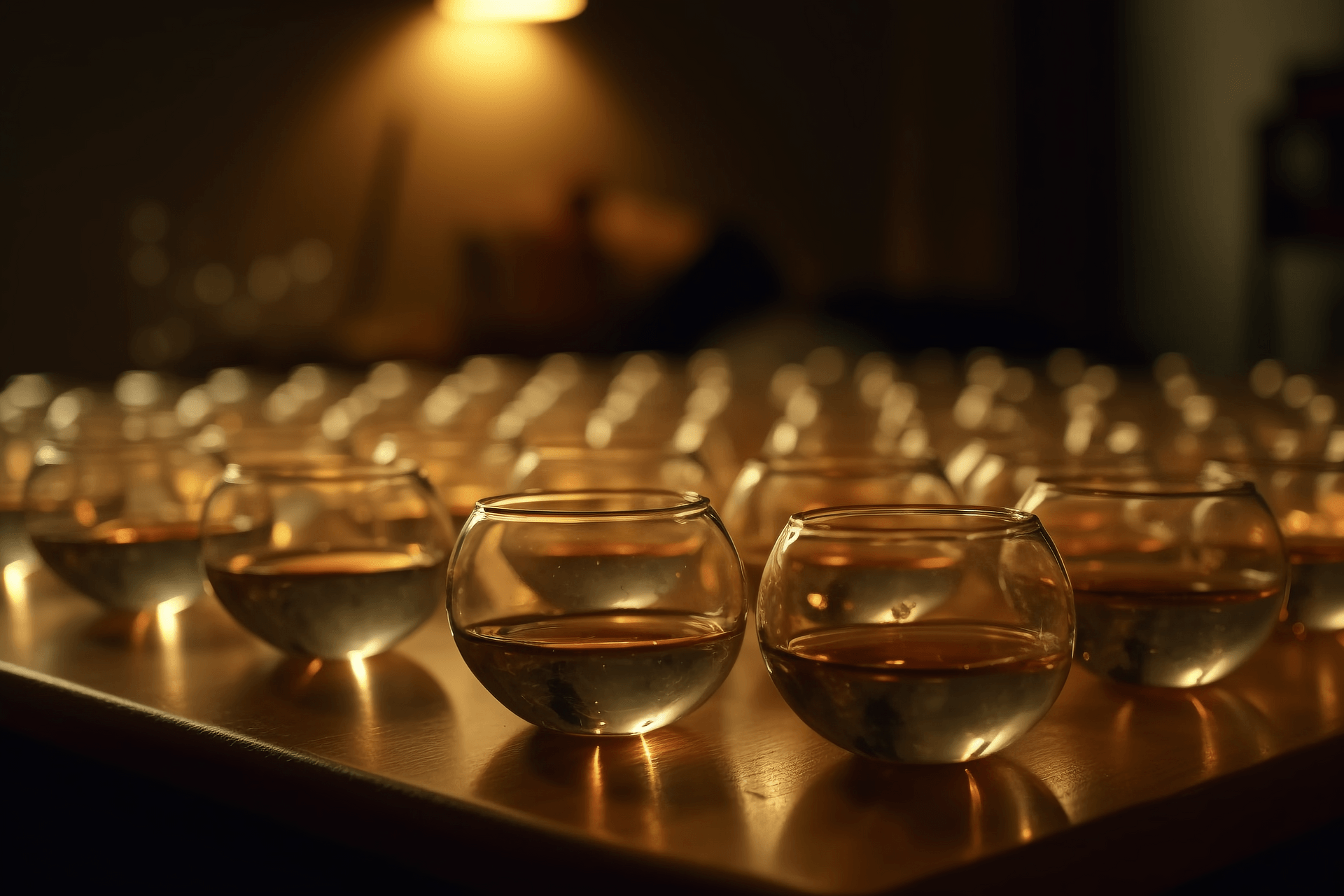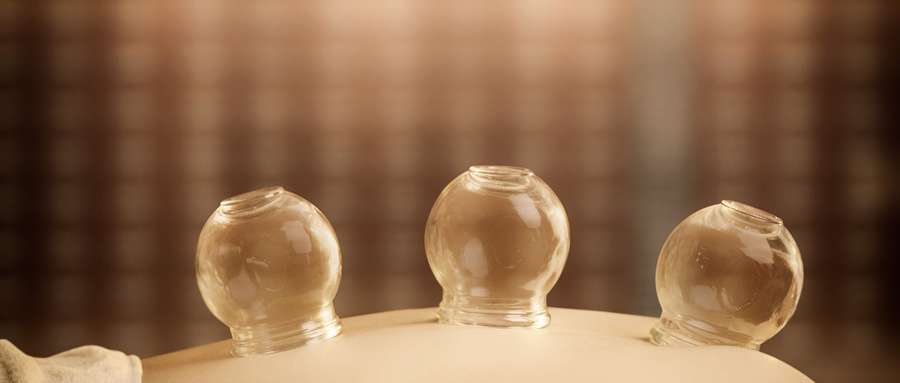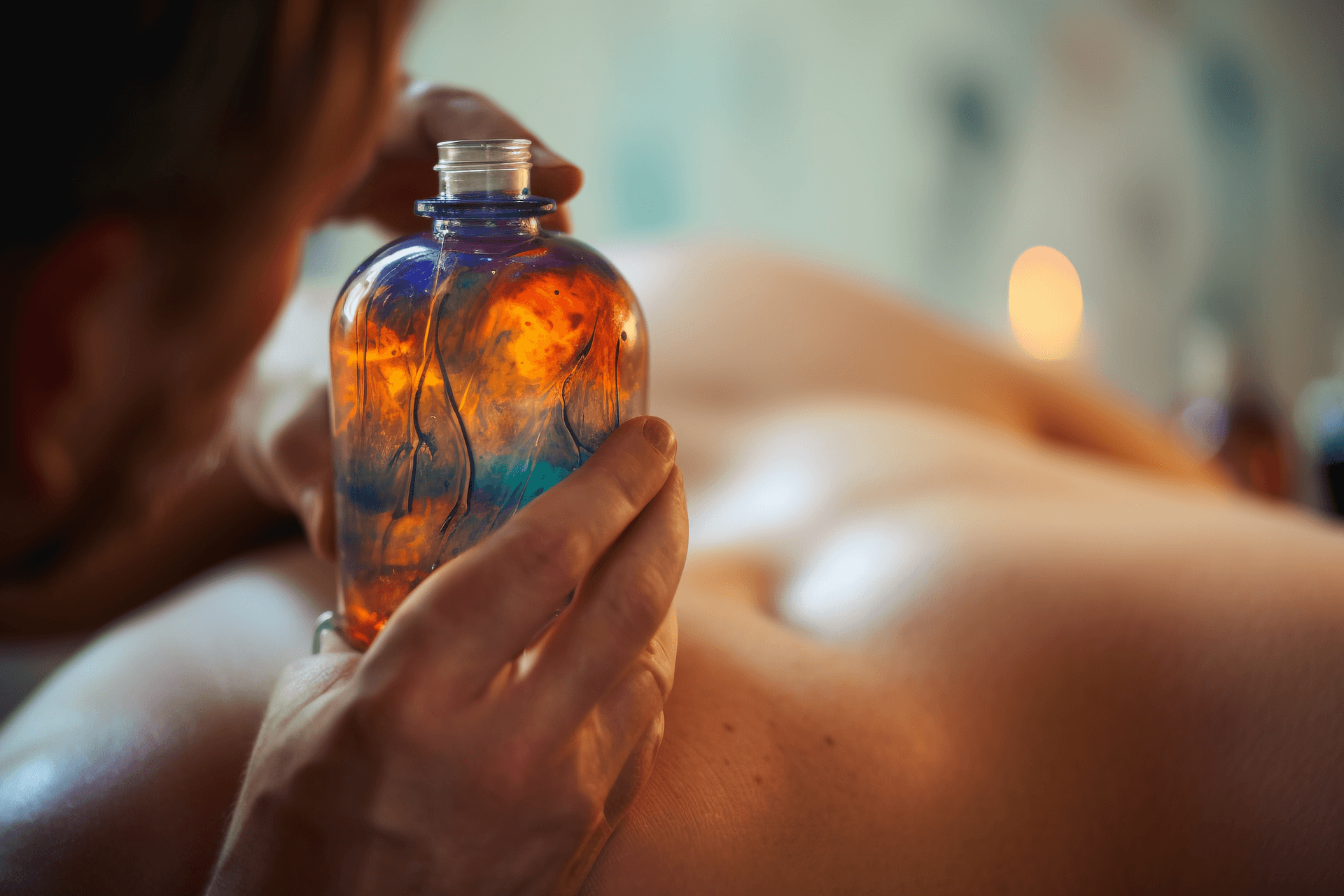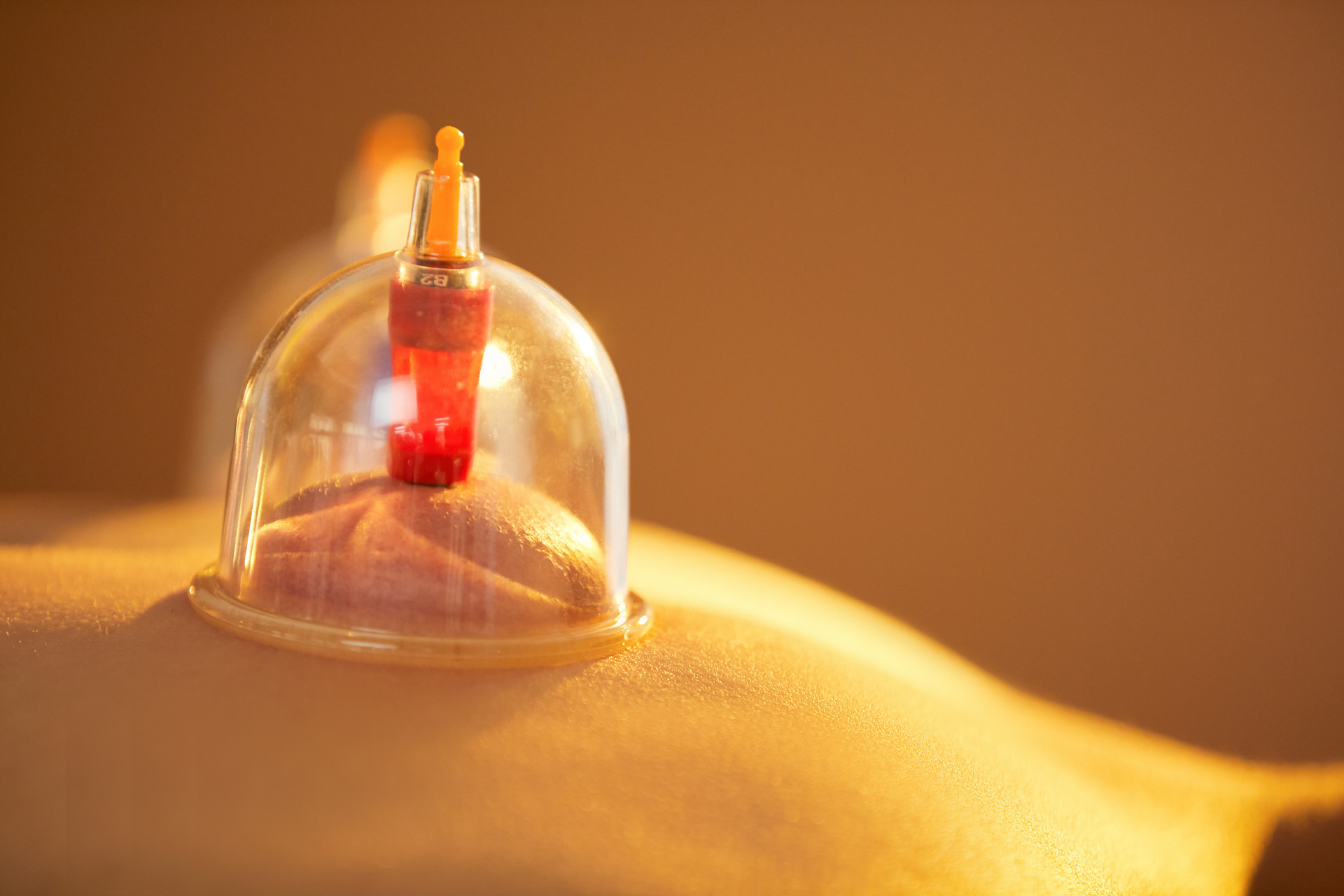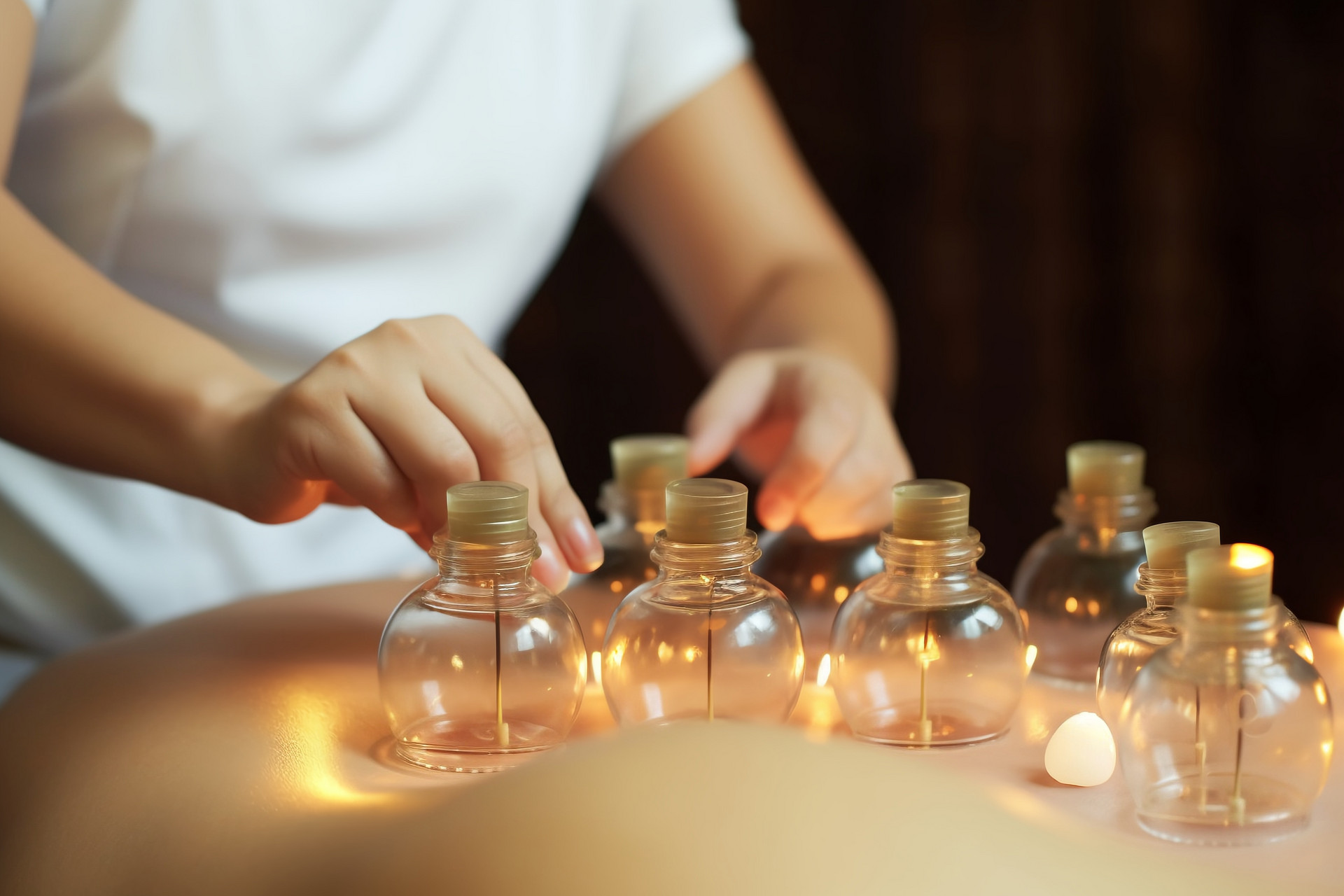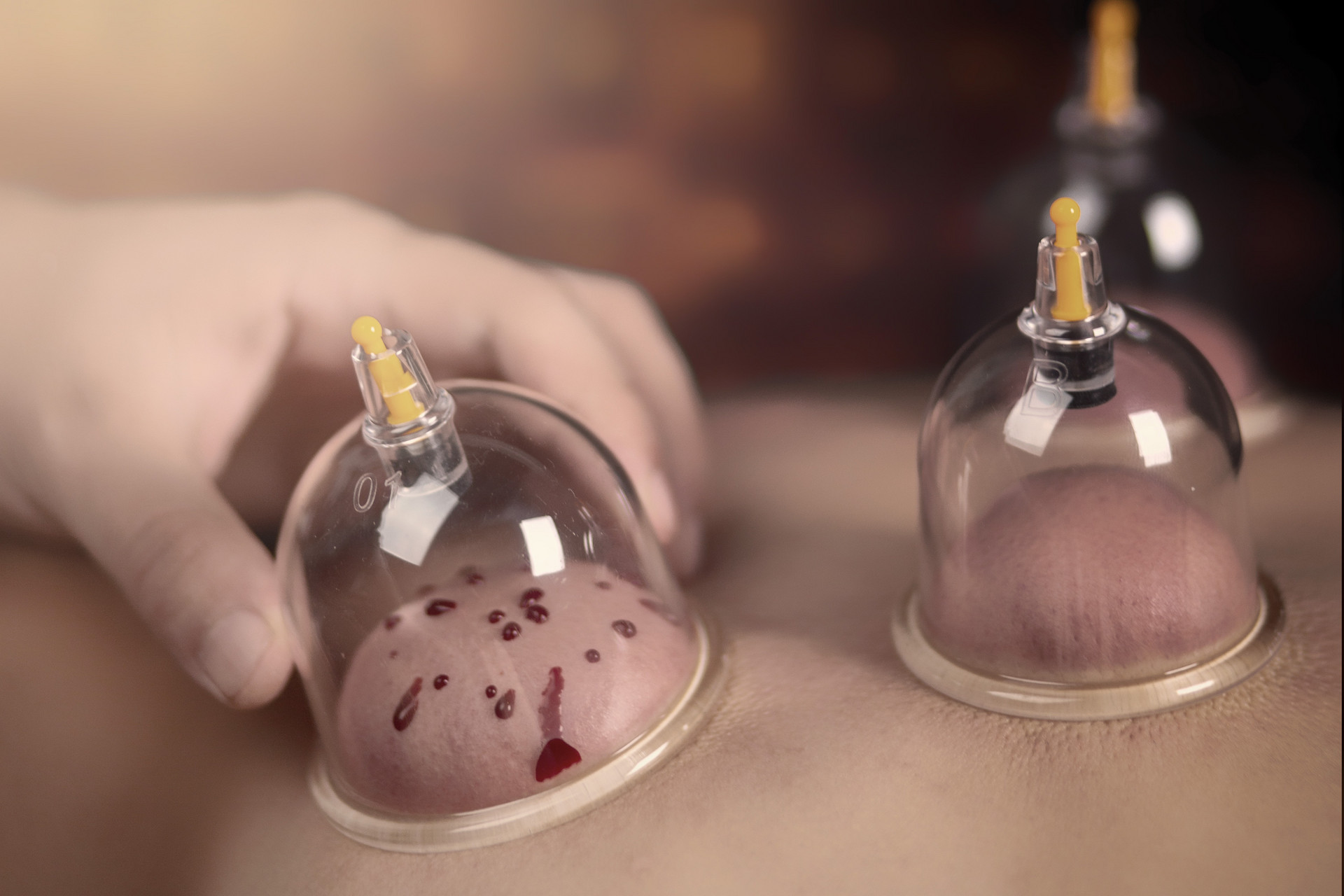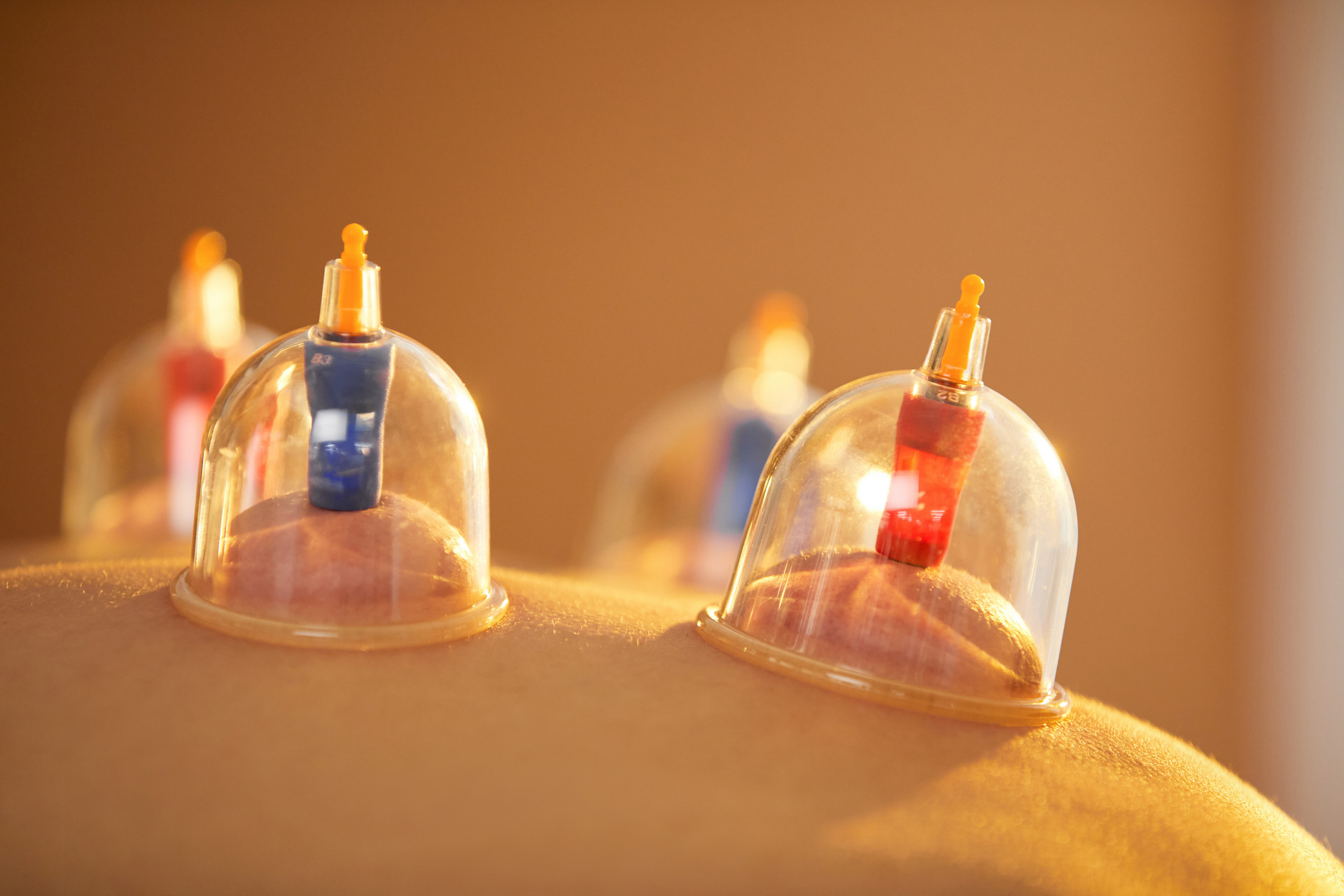The method of using the heat generated by combustion to remove air from the cup and create negative pressure to adhere to the skin is called fire cupping. Fire cupping is the most commonly used method in clinical practice. It can be used alone or with multiple cups at the same time. When used alone, it is called single cupping, and when used with multiple cups, it is called multiple cupping. Whether to use single cupping or multiple cupping is generally determined by the extent of the lesion.
If the range of the lesion is relatively small or there is only one tender point, single cupping can be used. For example, cupping can be performed at the Zhongwan point for stomach pain; at the temples for migraines; at the cheek car points for toothaches; at the Ashi points for soft tissue sprains; or on the affected area after the abscess is incised or drained.
If the range of the lesion is relatively large or there are multiple sensitive points of pain, multiple cupping can be used. Several or even dozens of cups can be applied based on the anatomical morphology of the affected area. For example, for pain caused by muscle strain, multiple cups can be applied according to the position or shape of the muscle bundle. For pain caused by blood stasis in a specific organ or organ, multiple cups can be applied on the body surface corresponding to the anatomical position of that organ.
The selection of the cupping method for releasing air should be based on the flexibility of the operating site and position. The cupping method for releasing air generally includes three methods: flash cupping, fire cupping, and cotton cupping. Flash cupping can be used in various positions, while fire cupping and cotton cupping are suitable for side or horizontal cupping positions.
(1) Flash Cupping: Use forceps to ignite an alcohol ball, rotate it once inside the cup, and quickly remove it. Then quickly place the cup on the acupuncture point to be cupped. During the operation, attention should be paid to not dipping too much alcohol to avoid burning the skin due to the overflow of flame. The flame should not stay in the cup for too long, as it may overheat the cup and burn the skin.
(2) Fire Cupping: This method refers to throwing a lit small piece of paper or alcohol cotton ball into the cup and quickly placing the cup on the desired area before the paper is completely burned. The unburned end of the paper should face downward to reduce the risk of burning the skin. This method is suitable for side or horizontal cupping and should not be moved, as the burning object may fall and burn the skin.
(3) Cotton Cupping: Take a piece of cotton wool with a size of about 1 square centimeter, not too thick, slightly soaked in alcohol, and stick it on the middle or bottom of the inner wall of the cup. After igniting it, cover it on the selected area to create suction. This method is also commonly used for side or horizontal cupping. Similarly, avoid using too much alcohol to prevent burning the skin.


